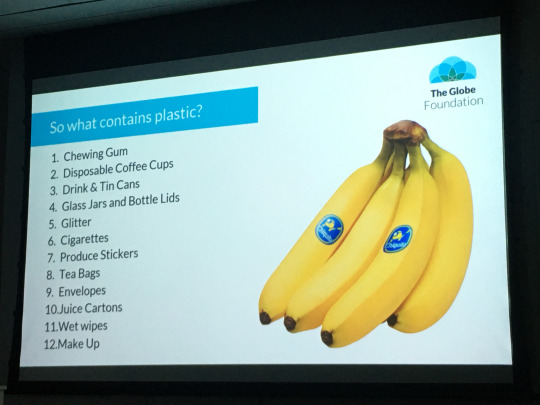Text
THE CLEAN KILO | PRIMARY RESEARCH

For primary research into zero waste living I decided to visit the largest zero waste supermarket ‘The Clean Kilo’ to get an understanding of how it works, the set up and the demographic most attracted to the zero-waste movement.

The Clean Kilo is based in Digbeth, Birmingham. They offer an array of foods, essential oils and cleaning products. Their main focus being on food therefore beauty/ skincare products are limited to basics. Offering a small toiletries and household stand with shampoo bars, bamboo toothbrushes and natural body washes that can be pumped into reusable aluminium bottles.



At the Clean Kilo you are able to bring your own pots and bags however they do other a rage of different reusable items for sale such as glass oil pots, different shaped glass jars, handmade beeswax wraps to be used instead of clingfilm and multiple shaped aluminium bottles/ tubs with the option of pumps, sprays or lids. I will need to generate ideas to offer ways packaging reduction for beauty concessions.



Not only do you reduce waste when shopping here but you also cut down on food miles as they select products from producers and grower in and around Birmingham meaning that the amount of time it takes for food to be transported is extremely lower leading to less CO2 emissions. For example, salad leaves are grown organically in Aston being a local 10-minute journey.
The experience is interactive. All the staff have a great knowledge on the products in store, giving good recommendations and advice on living a zero-waste lifestyle. You can grind your own coffee, squeeze your own orange juice and even make your own nut butters from scratch!

The process:
- Customers bring their own clean containers or purchase the array of reusable options available at the store
- The container is weighed, a label is printed and stuck with a scannable barcode
- You fill your container with any liquids or solids
- Reweigh the container by simply scanning the barcode and place back on scales the system automatically subtracts the tare weight of said container
- Repeat step for all products and only pay for the contents selected

2 notes
·
View notes
Text
The Impacts of Plastics | A talk by Kate Copeland (Globe Foundation)

The Globe Foundation is a non-profit environmental CIC organisation established Feb 2018. They opened their first eco shop in April 2019 being zero waste and palm oil free.
During Grad+ week I attended a talk held by co-ordinator Kate Copeland discussing the impacts of plastics. This talk will help contribute to my project as it informed me on the
There is no such thing as thrown away, everything with waste we consume does not evaporate into thin air it ends up on landfill which can transport into nature.
Every year 400 million tonnes of plastic are produced – 40% of that being single use binned after.
By 2050 it is estimated there will be more plastic in the sea than fish.
While this plastic is sitting in landfill it is also letting out harmful chemicals into the air; we are all consuming fossil fuels daily. Every 30 seconds 1 person dies from diseases caused by waste.
Why Plastic is a bad material:
Attracts harmful chemicals
Harms wildlife – invasive species, poisoning
Enters food chain
Uses fossil file and natural resources
Image 2 shows a list of items the average person would not suspect to contain plastics.

The UK produces so much waste that China has come to a decision to not take our rubbish over anymore.
Supermarkets are slowly working to make a change. Tesco allows customers to bring their own containers for zero waste meat and fish. Waitrose have launched their UNPACKED campaign where food is stored in refillable containers.
Terra Cycle is a company that “recycles the non-recyclable”. For example, Sue, a volunteer from Globe collects soft plastics such as small packets and moulds them into new objects such as soap dishes which stops them going to landfill to sit for many years.
How does she do it:
Plastics are sorted by type and colour
Cleaned using eco-friendly solutions
Plastic is then shredded and stored
Heat and compressed to create products
Products are then sanded and finished
Plastic type and project logo stamp applied
Product available for community purchase
When creating reusable containers, I need to think of alternate materials that are sustainable for the environment considering the issue; the reformation of already harmful plastics is an interesting idea that can be explored thoroughly.
I was also introduced to biomaterials during Jane’s lecture on “Designing for Purpose” in which new materials are created that degrade back into the earth naturally and a lot quicker than plastics. This could be another path to think about.
1 note
·
View note